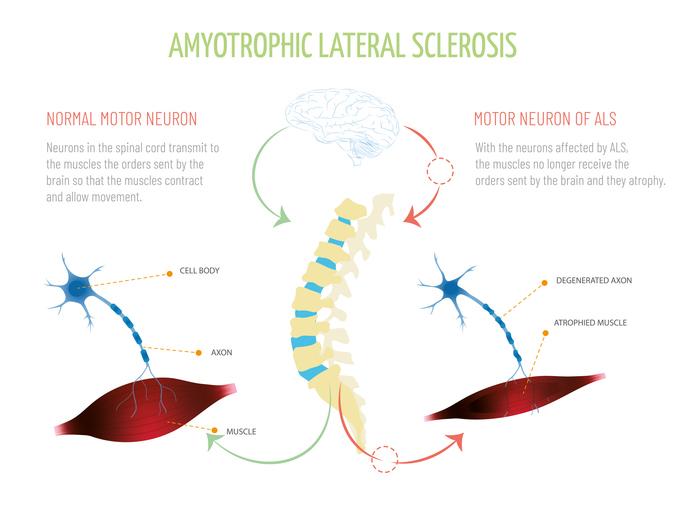A study by Michigan Medicine has revealed that participating in recreational activities such as golfing, gardening, woodworking, and hunting might elevate the risk of developing amyotrophic lateral sclerosis (ALS) in individuals, particularly men. This research highlights activity-specific risk increases and has been published in the Neurological Sciences.
Under the leadership of Stephen Goutman, M.D., M.S., director of the Pranger ALS Clinic and associate director of the ALS Center of Excellence at the University of Michigan, this study has broadened our understanding of ALS risks. It has shifted the focus from occupational hazards to the potential influence of recreational activities on ALS risk. Dr. Goutman’s call to include these activities in future studies could significantly shape the development of ALS prevention, diagnosis, and treatment strategies.
In their investigation, researchers surveyed 400 individuals diagnosed with ALS and nearly 300 without the condition, focusing on their engagement in hobbies and activities outside of work. They discovered a notably higher risk associated with golf, with men who play the sport facing a threefold increase in ALS risk. Other activities such as gardening, yard work, woodworking, and hunting showed a significant risk increase among male participants. Conversely, the study found no significant recreational risk factors for women, nor did any hobbies correlate with earlier onset or death from ALS in either gender.
Dr. Goutman expressed surprise at the male-specific risk factors identified, suggesting that similar risks could potentially affect females, though the study’s limited female participation rendered conclusive results elusive. The research contributes to the broader understanding of the ALS exposome—a concept encompassing the cumulative environmental exposures contributing to ALS risk over a lifetime. Notably, the study hints at possible links between the use of pesticides in golfing and gardening and increased ALS risk, with previous research correlating such occupations with heightened ALS susceptibility. Furthermore, exposure to substances like formaldehyde in woodworking activities might also play a role in elevating ALS risk.
Senior author Eva Feldman, M.D., Ph.D., director of the ALS Center of Excellence at the University of Michigan, draws a parallel with Alzheimer’s disease, where a combination of lifestyle factors such as smoking, obesity, and high cholesterol can significantly increase risk. Dr. Feldman and her team aim to develop a similar framework for ALS, identifying specific occupations and hobbies that heighten risk as a preliminary step toward effective prevention strategies. She draws inspiration from poet Robert Frost, aiming to forge a new path in ALS risk reduction that is currently less travelled.
While the study’s findings are significant, they also underscore the need for further research. Prospective studies will delve deeper into the risks associated with production and manufacturing jobs, especially those involving metal use. The implications for individuals with a family history of ALS will also be explored. Both Goutman and Feldman stress that it is premature for clinicians to recommend ceasing any specific activities based on these findings alone. They advocate for continued research to establish a more explicit linkage between recreational activities and ALS risk, thereby enhancing the foundation for preventive measures in the future.
More information: Stephen A. Goutman et al, Avocational exposure associations with ALS risk, survival, and phenotype: A Michigan-based case-control study, Journal of the Neurological Sciences. DOI: 10.1016/j.jns.2024.122899
Journal information: Journal of the Neurological Sciences Provided by Michigan Medicine – University of Michigan








